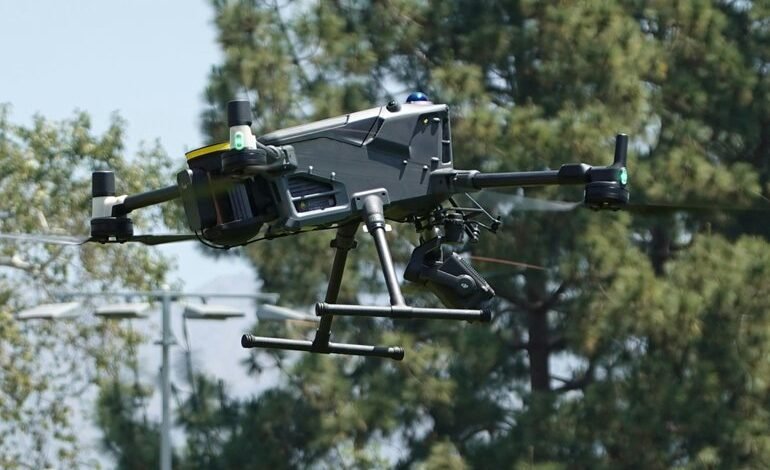Caller Integrity Surveillance Compliance Security Branch 3509936914 3896441060 3459762014 3272080296 3895577396 3516020747

The Caller Integrity Surveillance Compliance Security Branch plays a crucial role in the telecommunications sector. It focuses on protecting caller data integrity through stringent compliance measures. Organizations must navigate evolving regulatory standards while implementing advanced technologies. Two-factor authentication and biometric verification are vital for safeguarding information. Strategies for maintaining caller integrity are essential for building trust. Understanding these elements can reveal how organizations manage risks associated with communication systems.
Importance of Caller Data Integrity
Although caller data integrity may often be overlooked, it plays a crucial role in ensuring the security and compliance of communication systems.
Effective caller authentication and data verification processes are essential to prevent unauthorized access and protect sensitive information.
Maintaining high standards of data integrity fosters trust in communication channels, ultimately supporting the freedom of individuals to communicate securely and confidently.
Compliance Requirements for Telecommunication Organizations
As telecommunication organizations navigate an increasingly regulated environment, they must adhere to a variety of compliance requirements that govern data protection, privacy, and security.
These requirements are shaped by various regulatory frameworks that emphasize privacy considerations, ensuring that customer information is safeguarded.
Non-compliance can lead to significant penalties, making it crucial for organizations to implement robust compliance strategies to protect both their clients and themselves.
Technologies Enhancing Caller Identity Protection
Amid increasing regulatory scrutiny, telecommunication organizations are adopting advanced technologies to enhance caller identity protection.
Caller authentication technologies, such as two-factor authentication and biometric verification, are being implemented to ensure secure communications.
Additionally, sophisticated identity verification methods, including machine learning algorithms, analyze caller data to prevent fraud.
These innovations aim to foster trust and security in the evolving landscape of telecommunications.
Strategies for Maintaining Caller Integrity in Business Communications
How can businesses effectively maintain caller integrity in an era of increasing communication threats?
Implementing robust caller verification processes is essential for fraud prevention. Utilizing multi-factor authentication and ensuring consistent training for employees on recognizing suspicious calls can significantly enhance security.
Regular audits of communication systems also help identify vulnerabilities, fostering a proactive approach to safeguarding caller integrity and protecting valuable business information.
Conclusion
In an era where communication is both a lifeline and a vulnerability, the balance between convenience and security becomes paramount. While advanced technologies like biometric verification promise enhanced protection, the ever-evolving landscape of regulatory compliance demands vigilance and adaptability from telecommunication organizations. Striking this delicate equilibrium between innovation and adherence is essential; failure to do so risks not only caller data integrity but also the fundamental trust that underpins effective communication in society.



